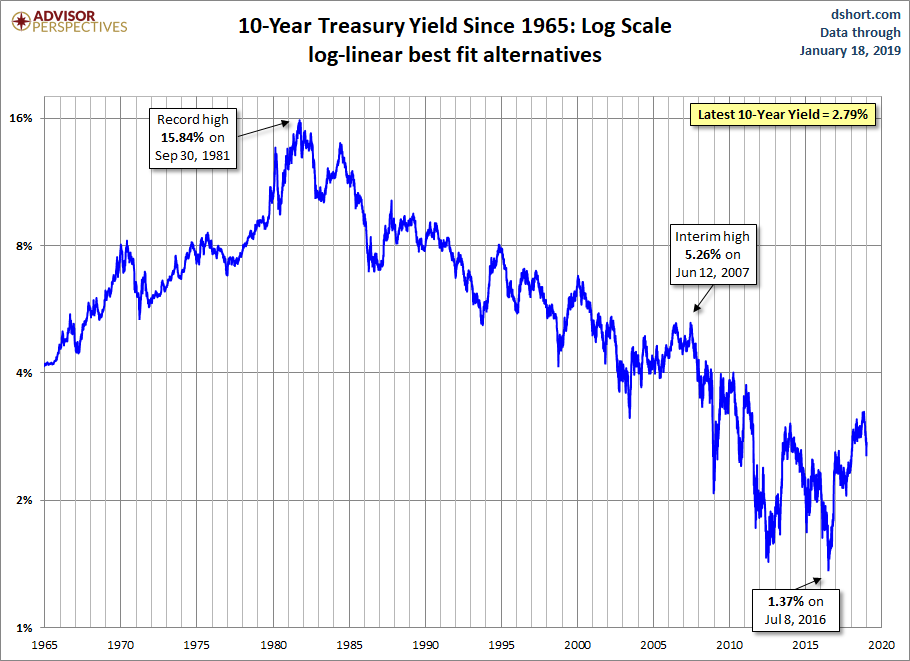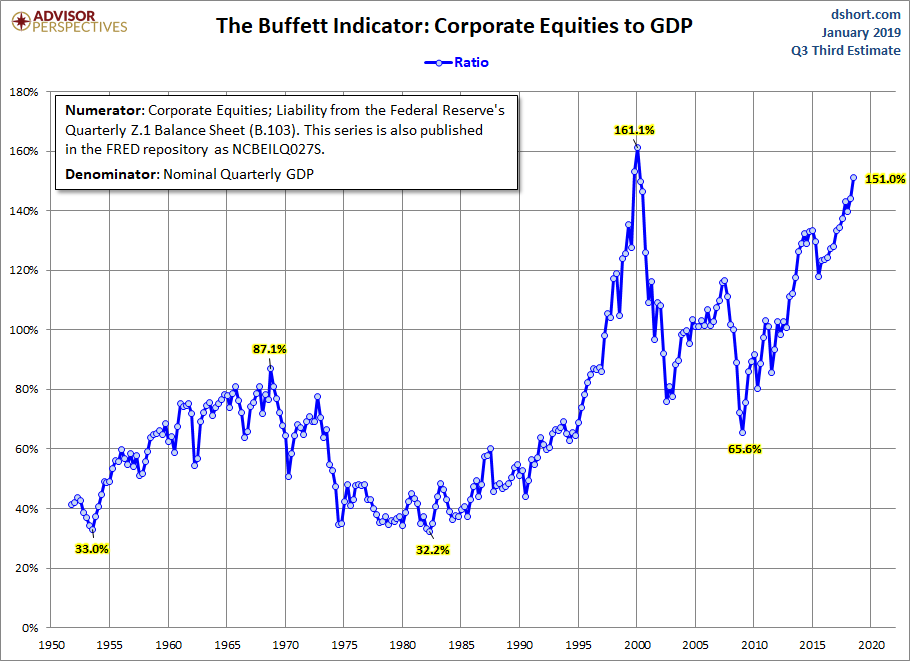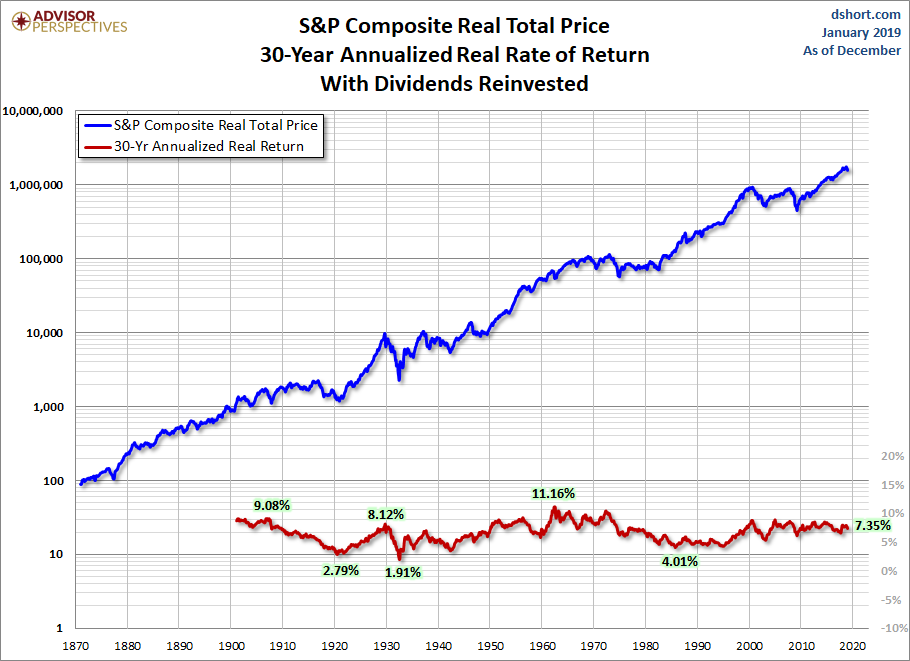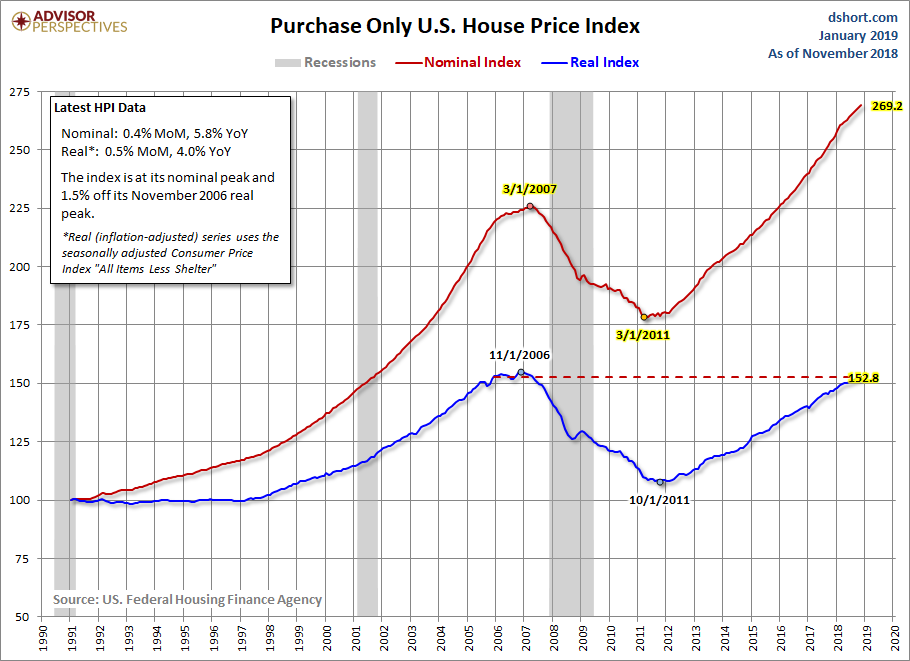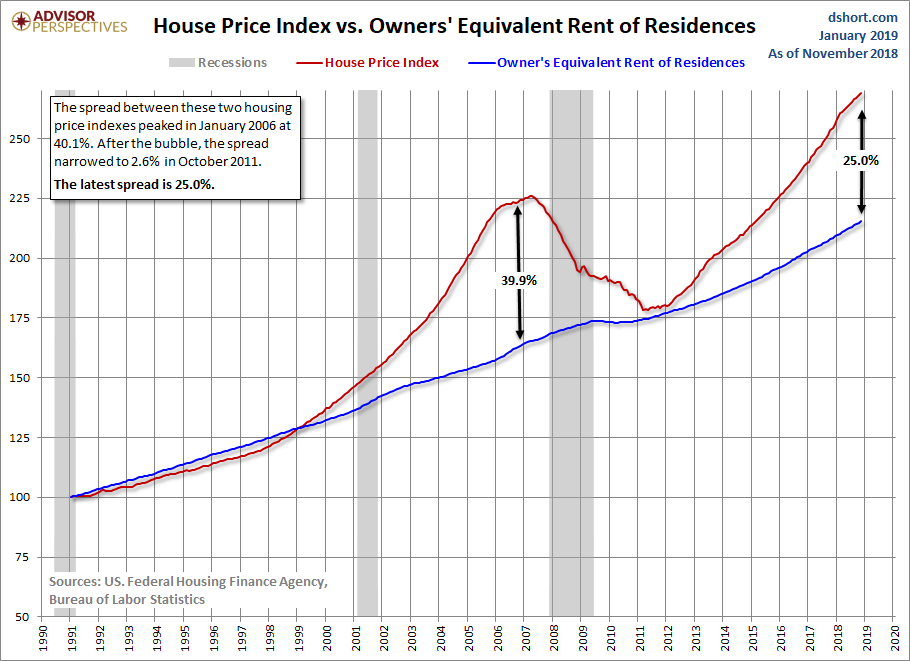The
Hoax
of
Sandy Hook
We
are to believe that an emaciated, totally underweight 6'2 112lb adult was able
to even walk not to mention drive!? You know that if that was real, he would be
very ill and hospitalized with a feeding tube inserted into him.

His
so called psychiatrist Dr. Fox who only saw him 2x alongside an assigned
psychologist who saw him all of 4x diagnosed him with Asperger's and PDD.
Asperger's
being a very high functioning, articulate, intelligent person on the Autism
Spectrum who will likely suffer from being clumsy (many tend to walk with the
step taken from the ball of their foot as if to have a hop like appearance to
their walk) making them trip easier than a typical person would but nonetheless
are for the most part very successful in life due to their high intelligence.
Take
into consideration that it is stated that Adam was 6'2" 112lbs and wore a
size 8 shoe! This disproportionate body would surely make him even more
uncoordinated.
Asperger's
has also be labeled "social awkwardness" for decades because of they
tend to be more shy, timid, and obviously not great at speaking or feeling
comfortable in social settings yet PDD which is Pervasive Developmental
Disorder being on the opposite end of the Autism spectrum causes one to have
sever anxiety, fear of being out in public (angora phobia) severe reactions to
BRIGHT LIGHTS and LOUD NOISES, reclusive and not very verbal or intelligent.
I
like the shills to explain intelligently how it was possible for Adam to drive
to the school, pack 50 lbs. of gear and shoot all those 26 bodies Rambo style
in 10 minutes.
*****************************************
We
are to believe that 'glamour girl', Kaitlyn-Roig DeBullshit fits herself, and
15 first graders into a 3' x 4' x 6' toilet, which even she admitted was so
small, that she felt uncomfortable using it as it was too small for her alone??

Kaitlyn-Roig
Actress
“Who Wants To Be A Millionaire"
At
least now she is admitting that the door opened inward. So now she has to say
that she couldn't close the door without "rearranging" the children.
Were they lying on floor stacked like a wood pile? All standing up? Even giving
her the leeway of three on top of the tank [oh, and one on the TP dispenser so
she had to hold that one on], It is impossible to fit that many people in that
space.
BTW,
first graders are bigger than you think, especially since so many now are
overweight. How did they last 45 minutes? Pretty tough to get enough oxygen
when hyperventilating in a small sardine can.
Common
sense would tell you they would have been crying, trying to breathe and not
suffocate, rolling over up down however she says she placed them to stretch
out. You've heard of stampedes? People don't all die from trauma but because
they were pushed down so hard they smothered. Oh!! Don't forget having to open
the door (squash everyone behind it?) and grab that ineffective book case to
barricade a door that opens inward. And she sure did this in record time.
DYI

